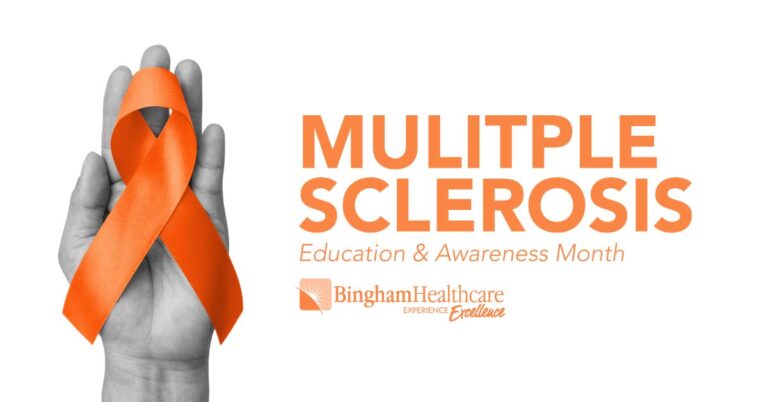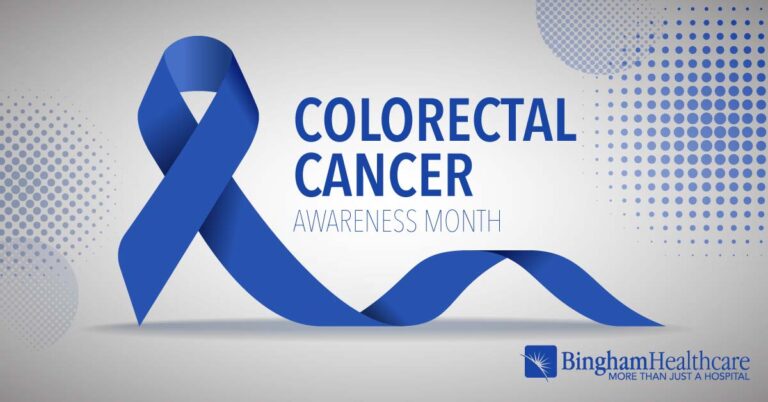
Know the signs of a concussion
Know the signs of a concussion and how to prevent long-term damage
Injuries, including concussions, are part of sports at every level of play, and even non-sports-related accidents. When your child, teenager, or grandchild suffers a head injury, what should you do? To prevent long-term damage, it’s important to know the signs of a concussion and what steps to take next.
COMMON CAUSES OF CONCUSSION
A concussion is a type of traumatic brain injury usually caused by a blow to the head or body. According to the Centers for Disease Control and Prevention (CDC), almost 500,000 emergency room visits for traumatic brain injuries (TBI) each year are made by children under the age of 14. And, each year, emergency rooms nationwide treat nearly 175,000 sports-related traumatic brain injuries among children under the age of 19. Accidents or sports are typically to blame. The top five causes were bicycling, football, playground activities (especially in younger kids), basketball, and soccer.
“Concussion in recreational sports is not new,” says Dr. Jared Kam, sports medicine and family physician at Bingham Healthcare Orthopedics & Sports Medicine. “We are recognizing them better and coaches and parents know more about them, but we still have a long way to go.”
WHAT TO LOOK FOR
A concussion is a functional injury to the brain, and can occur with blows to the head or even to other parts of the body. Concussions were traditionally thought to be associated with loss of consciousness. “We are finding this happens in less than 10% of sports-related concussions,” says Dr. Kam.
Signs of a concussion fall into the following three categories.
- Cognitive: Children might have trouble concentrating, or feel confused, disoriented, or have memory loss.
- Behavioral: They may feel more emotional than usual, or have changes in their sleep habits.
- Physical: Kids can experience headaches, dizziness or nausea, or have difficulty with balance or coordination.
It’s essential for coaches, trainers, and other adults to recognize these symptoms because having a true concussion changes the way a child recovers.
“This is a very important point,” says Dr. Kam. “If there’s a suspected concussion, they’re out for the day, and they don’t get to come back until they’ve been cleared by someone trained in concussion management.”
Next, it’s important to follow up with your child’s doctor, athletic trainer, or other professional to help determine when it’s safe to go back to play. “The brain is vulnerable until the concussion heals,” Dr. Kam adds. A second blow to the head before a concussion heals can cause serious and lasting damage or even death, an injury we call Second Impact Syndrome.
For moms, dads, and grandparents concerned about the lifelong neurological impact of contact sports, the good news is that as long as you take the right steps after a brain injury, there’s little to worry about.
So how many concussions is too many? While the answer to that question is very individualized and depends on a lot of different variables there are some warning signs. One significant factor is the length of time between concussions. “Someone having three concussions in six months is different than someone having three concussions in a six-year period,” Dr. Kam explains.
Other worrisome findings are when concussions last longer and occur with much less impact. While experts continue to study concussions, there is no set number to determine future eligibility to play. This decision should always be made with your concussion management professional.
Idaho is one of the 49 states as well as the District of Columbia that have laws that require coaches to take athletes out of the game after a concussion. The laws also affirm that athletes can’t play until they’ve been cleared by a medical professional.
HEAD FOR THE ER?
If your child suffers a concussion and symptoms improve within 45 minutes, there’s no need to rush to the hospital. But if you observe any of the following, get moving.
- He or she was unconscious for more than 10 to 15 seconds.
- There’s physical evidence of a neurological deficit (such as weakness on one side of the body).
- Headache is worsening.
- Your child gets more tired or less responsive.
- Repeated vomiting.
- Confusion persists.
- Pupils of the eyes are not equal in size; eye movements are unusual.
And remember, even if your child’s symptoms are minor, it’s still important to schedule a doctor’s appointment. “Everyone who has a concussion should be evaluated by a professional,” says Dr. Kam.
If you need a Bingham Healthcare family medicine provider, please call (208) 785-4100.
Our content is reviewed regularly and is updated when new and relevant evidence is made available. This information is neither intended nor implied to be a substitute for professional medical advice. Always seek the advice of your physician or other qualified health provider prior to starting any new treatment or with questions regarding a medical condition.
Return to Articles


